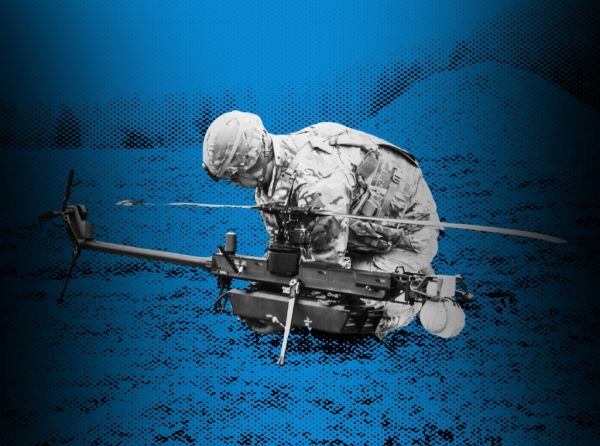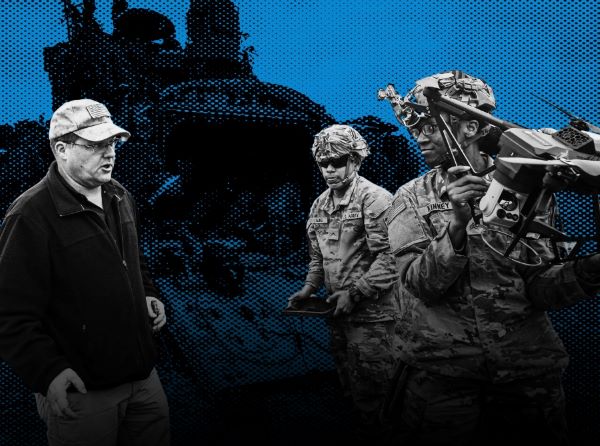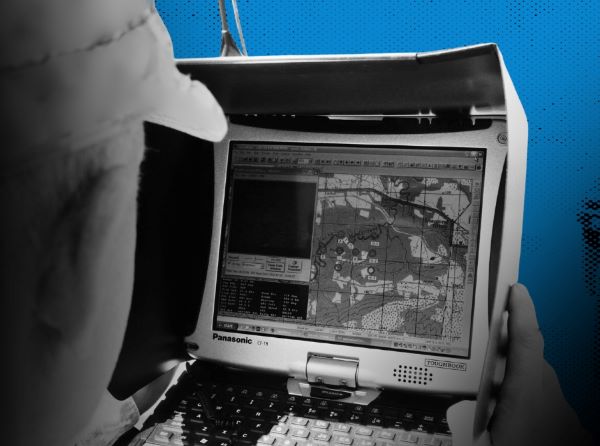Gain a deeper understanding of the Army's current challenges and see if your technology can provide a solution. In the afternoons, VERTEX attendees will break into small groups moderated by US Army experts and "dive deep" in addressing the different use cases with real-life solutions.

Launched effects need to be cheaper so we can buy and employ them at scale. What advances in component technology—airframes, propulsion, controls, payloads, and more—can reduce the cost of launched effects so we can use them in quantities that maximize their impact?
Launched effects need to communicate over long distances to maximize their potential against deep enemy targets. At the same time, communications hardware is constrained by size, weight, and power available on smaller platforms. What technology or novel approaches allow us to communicate farther without using intermediate relays?


A modular approach to launched effects allows us to rapidly iterate with new technologies, enables innovation, and allows soldiers to configure launched effects for the mission at hand. How should the Army approach modularity? Which components can be modular, and which should be fixed?
Launched effects will not be useful in wartime if Soldiers cannot learn to use them in training. How do we maximize opportunities to employ launched effects in real and simulated training environments, from the individual Soldier level up through large-scale unit training exercises? How do we best enable experimentation to discover the most effective techniques for employing launched effects?


Positioning and navigation solutions designed for larger aircraft are not simple to scale down for use in launched effects. What technologies can deliver accurate and secure positioning and navigation in GPS-denied environments, within the size limitations of launched effects?
Future conflicts will require short supply chains and rapid scaling, while the pace of technical innovation will require flexibility in manufacturing. What design approaches and manufacturing methods enable rapid integration of new technology, enable scalable manufacturing and repair of launched effects closer to the front lines while maximizing our ability to iterate on new designs?


We’ve only begun to explore the possibilities of launched effects. As one of the US Army’s most cross-cutting capabilities, there are significant opportunities to advance this technology over the next decade. What early stage technology could bring value to this Army program? What possibilities should we have an eye out for? What cutting edge technologies haven’t we thought to look for?
Stay In Touch
Follow AAL on social media to stay in the know on Army VERTEX | Launched Effects and other future opportunities. #armyvertex


